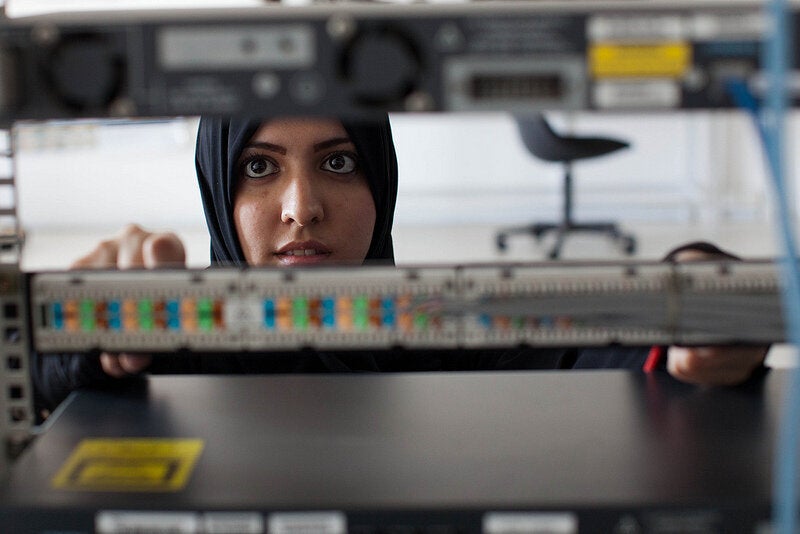Numbers never lie. Almost never. When it comes to female labour force participation (FLFP) in Russia, the initial statistics looks pretty good: 57 per cent of women 15 and older are employed, which is higher than the world average of 50 per cent. However, when we dig deeper into those numbers, we can clearly see that women are still deprived of opportunities in many fields and are underrepresented in senior levels of management.
Traditional occupations with high rates of female workers in Russia are medicine, education, hospitality and service industries. Ironically, these happen to be the industries with not-so-high salaries and meager career opportunities. The most lucrative careers, such as finance, energy, enforcement or information technology (IT) are predominantly male, and there is no trend of change on the gender front.
What determines the imbalance of women in different sectors of the economy is patriarchal mentality and traditional notions of what is and what`s not a good career for a woman. Girls are not encouraged to be scientists, entrepreneurs or bankers.
In the growing IT field, women are vastly outnumbered by their male colleagues. According to the findings of ITForum 2020, such areas as cyber security and application development demonstrate only six per cent and 16 per cent of female job applicants, respectively, across Russia. Moreover, 73 per cent of surveyed women testified that they feel discriminated against when interviewing for a job in the information technology industry.

Personally, I studied humanities throughout my school years, but when I joined the workforce I changed my mind and am now concentrating on technology. It is an interesting career with broad prospects and growth, and it is not just for men.
A key to my personal economic independence is a stable job in an expanding field, and this is what IT can offer me and other girls in Russia. We just have to overcome our fears and peer pressure that girls are not wired for high tech.
It took me a few years and many conversations with those I consider as role models to understand that I CAN and WILL have a professional future in technology. If more women will penetrate the fields currently dominated by men, the overall quality of FLFP will improve, as women will get more resources and influence available to them.
In my opinion, high-quality FLFP is when we will see equal rates of men and women across all sectors of economy and across all levels of management. Horizontal and vertical penetration of women in business, politics, media and technology is the goal that my country should move towards. The current overall numbers of employed women in Russia are satisfactory, but it does not make any difference when there are just a few women in leadership positions and among the top entrepreneurs.
A great way to include women in the decision-making process is to introduce quotas. For instance, the Norwegian government has set a 40 per cent quota for women in senior management of national corporations. Other countries, such as Japan and Canada have also successfully incorporated women in their cabinets, which is an example for Russia to follow.
More and more global decision-makers understand the input of women in senior management and set a positive trend for the governments and companies. This is why it is important for Russia to stay competitive in an ever-changing world and improve the quality of FLFP for a more sustainable economy.
Follow HuffPost Canada Blogs on Facebook
MORE ON HUFFPOST:
